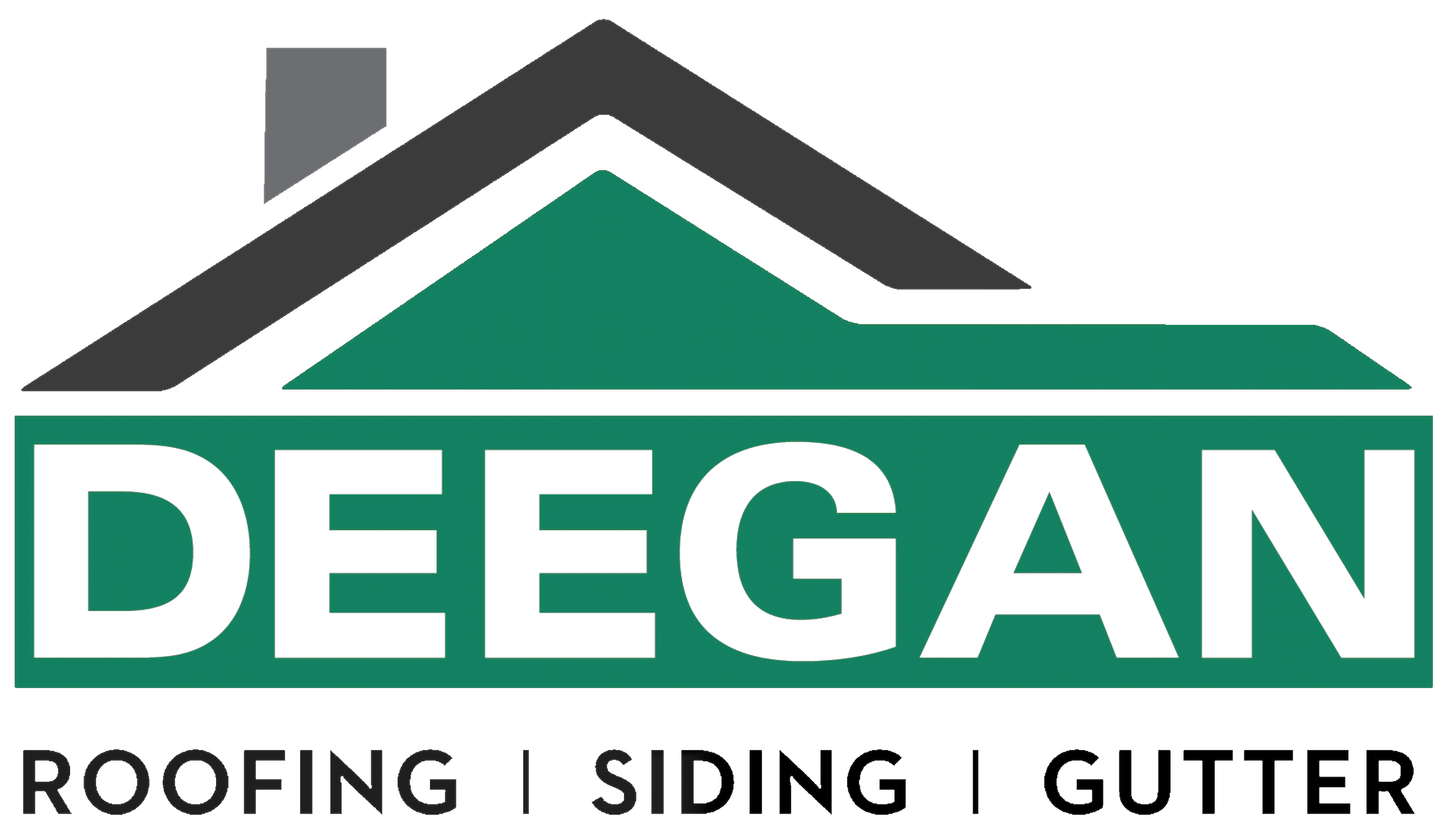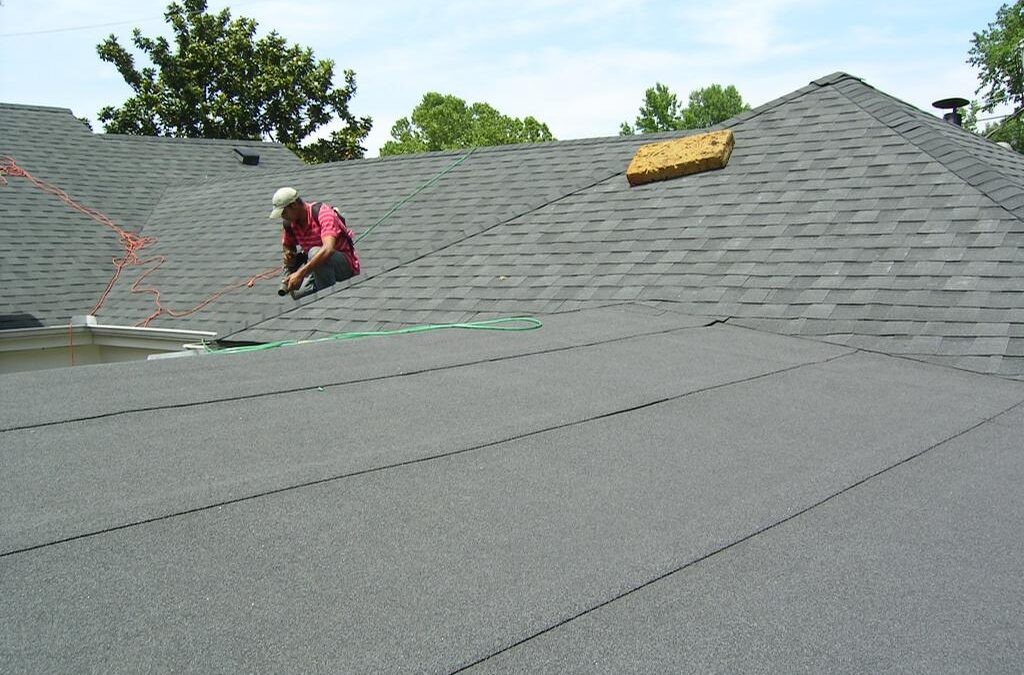If you are looking at the roofing projects around your home that either need to be initiated or finished, but you are not ready to go full steam ahead with the cost of typical shingle materials and the added expense of a contractor, you may want to research less expensive options for re-roofing. Roll roofing is one alternative, but you probably need to investigate it before you think about going the do-it-yourself route with preparation and installation, as it just might not be that easy.
Rolled roofing isn’t exactly like laying a piece of sheet linoleum, so before you buy infinite rolls of it, research the advantages and disadvantages of the product and determine whether it is something that you want to pursue. Roll roofing typically has a lifespan of around 10 to 20 years, depending on various factors such as the quality of the material, installation technique, climate conditions, and maintenance.
So, what is Roll Roofing?
Rolled roofing (MSR) is a mineral surfaced oil-based asphalt product that is available in 100 square feet rolls and weighs about 75 pounds per roll. It can be found in almost any home improvement outlet, hardware store or online source. Though roll roofing is similar to asphalt shingles, it is considerably cheaper, thinner and less durable.
Application
Some homeowners choose to apply MSR on their home rooftops, and those that do can use it to re-roof over an already existing roof, but it has to carefully prepared ahead of time with the removal of any debris, gravel or residue from the previous roof covering to keep from damaging or puncturing the rolled roofing. Other more common applications for rolled roofing are often used for different structures, like lean-tos, shacks, gazebos, workshops, garages and smaller buildings.
Installation
Installation involves placing rolls that are cut into long strips at certain lengths for the various portions of a roof, which when set for placement are situated in a horizontal position. There are different types of roll roofing that are used in varying approaches, such as saturated felt that is infused with asphalt for additional support and protection.
Rolled roofing is designed for use on roofs that are low sloped, so check to make sure your roof is adaptable to it for installation. The pitch of the roof and the vertical and horizontal will determine whether the roof is designed to handle the process.
Handling
Handling rolled roofing is quite a bit easier and more convenient than having to move regular asphalt shingles from the ground to a rooftop, which can be awkward and hazardous. Most roofing contractors have to use equipment, such as forklifts and other machinery to move shingles to a roof area. With rolled roofing, particularly when you do the work yourself, and have the assistance of a friend or helper, you can get the rolls to the roof without a lot of effort or machinery.
Maintenance of Roll Roofing
Proper maintenance is essential to prolong the lifespan of roll roofing and ensure its optimal performance. Here are some key maintenance tips for roll roofing:
- Regularly inspect the roof for any signs of damage, such as cracks, tears, or loose edges. Promptly repair any issues to prevent water infiltration and further damage.
- Clear debris, leaves, and branches from the roof surface to prevent moisture buildup and potential roof damage.
- Trim overhanging tree branches to minimize the risk of falling branches damaging the roll roofing.
Remove snow buildup from the roof surface, especially in regions with heavy snowfall, to prevent excessive weight and potential roof collapse. Clean gutters and downspouts regularly to ensure proper drainage and prevent water from backing up onto the roof. By following these maintenance practices, you can extend the lifespan of your roll roofing and minimize the need for major repairs or replacement.
Benefits of Roll Roofing
Roll roofing offers several benefits that make it a popular choice among homeowners and contractors alike. Some of the key advantages of roll roofing include:
Affordability: Roll roofing is one of the most cost-effective roofing options available. Its lower material and installation costs make it an attractive choice for budget-conscious individuals.
Ease of Installation: Compared to other roofing materials, roll roofing is relatively easy to install. It requires minimal tools and can often be installed by homeowners themselves, saving on labor costs.
Versatility: Roll roofing is suitable for a wide range of applications, from small residential projects to larger commercial buildings. Its versatility makes it a go-to option for many roofing projects.
Durability: When properly installed and maintained, roll roofing can provide excellent durability and weather resistance. It can withstand harsh weather conditions, including heavy rain, wind, and snow.
Quick Installation: Roll roofing can be installed quickly, especially on smaller roofs. Its large rolls and simple installation process help expedite the roofing project.
Aesthetics: Roll roofing is available in various colors and styles, allowing homeowners to choose an option that complements their property’s overall aesthetic.
Disadvantages of Roll Roofing
While roll roofing offers several advantages, it’s important to consider the potential drawbacks before deciding. Here are some of the cons associated with roll roofing:
Limited Lifespan: Compared to other roofing materials, roll roofing generally has a shorter lifespan. It typically lasts between 10 to 20 years, which may be shorter than the lifespan of other roofing options such as asphalt shingles or metal roofing.
Limited Aesthetic Options: Roll roofing is available in a limited range of colors and styles compared to other roofing materials. If aesthetics are a significant consideration for your property, you may find the options offered by roll roofing to be more limited.
Susceptibility to Damage: Roll roofing may be more susceptible to damage from severe weather conditions, such as hail or high winds. Its thinner composition and installation method can make it more prone to tears, punctures, and uplift during storms.
Not Suitable for Steep-Slope Roofs: Roll roofing is primarily designed for low-slope or flat roofs. It may not be suitable or provide adequate water drainage for steep-slope roofs. If you have a steeply pitched roof, alternative roofing materials may be a better choice.
Limited Insulation Properties: Roll roofing alone does not provide significant insulation properties. If energy efficiency and insulation are important factors for your roofing project, you may need to consider additional insulation measures.
Less Resistant to Foot Traffic: While roll roofing is durable, it is not designed to withstand foot traffic. Walking on roll roofing can potentially damage the material, leading to leaks or other issues. Extreme caution should be exercised to avoid stepping on the roll roofing.
It’s crucial to evaluate these cons in conjunction with the specific requirements and constraints of your roofing project. Consulting with a professional roofer can help you determine if roll roofing is the right choice for your property and provide guidance on alternative options if needed.
Contact Us
Family-owned and operated, Deegan Roofing Company has been installing and servicing residential and commercial roofing customers in the New Jersey area for over 30 years. If you are concerned about your roof surviving the upcoming winter weather or are currently experiencing roofing problems, it’s never too late to contact Deegan Roofing to get your roof inspected before winter. Website https://www.deeganroofing.com/ Address: 345 Terrill Rd, Scotch Plains, NJ 07076 Hours: Open 8:30 AM ⋅ Closes 5:30 PM
Phone: (908) 322-6405

